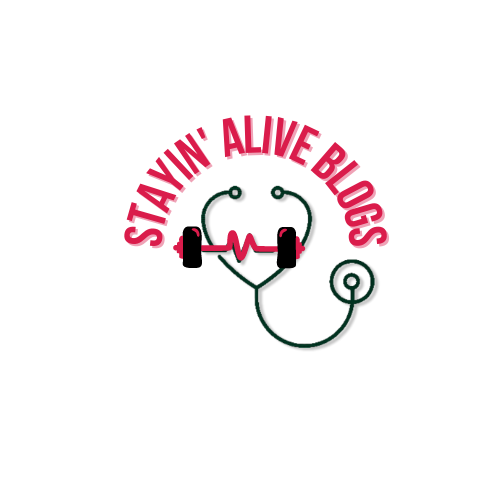In the fast-paced world of healthcare, there’s a moment every nurse anticipates with both anxiety and resolve – their first Code Blue. This emergency code, typically triggered by life-threatening situations like cardiac arrest or respiratory failure, demands quick thinking and composure. In this blog, we’ll look into the essential steps to navigate your first Code Blue, emphasizing the importance of maintaining composure and ultimately, saving lives.
1. Understanding Code Blue:
A Code Blue isn’t just another hospital emergency code; it’s a call to arms for the healthcare team to respond swiftly and effectively to a patient’s dire situation. Understanding its gravity is your first step in responding appropriately.
2. Maintaining Composure:
Code Blue situations can be incredibly daunting, but your ability to stay composed is your greatest asset in these situations. In the face of chaos, take a deep breath to steady your nerves. This momentary pause will help you focus on the immediate task at hand, instilling confidence in your abilities. Lean on your training you have received. Trusting your preparation will boost your self-assurance during the crisis.
3. Calling for Help:
Recognize that you’re not alone in this situation; you’re part of a team. Swiftly activate the hospital’s communication system or the emergency button to summon immediate assistance. Remember, handling a Code Blue is a collective effort, and you should never feel the burden of handling it alone.
4. Initiating CPR:
Administering CPR correctly is crucial. Performing chest compressions with precision, adhering to the recommended rate and depth. Additionally, ensure the mattress beneath the patient is deflated, providing a stable surface for compressions and this can be done by pulling the CPR lever on hospital beds. Maintain your chest compressions until a colleague arrives with a bag valve mask to deliver ventilation.
5. Delegate Tasks:
Assign specific roles to your team members. This strategic delegation optimizes the utilization of available resources, streamlining the response effort.
6. ACLS Protocol:
Familiarity with Advanced Cardiac Life Support (ACLS) protocols is indispensable as it adds more advanced interventions including medications to the cardiac life support response. Even if you’re not leading the team, understanding the ACLS protocol equips you with foresight, helping you anticipate and prepare for each critical step. Participating in ACLS training offers a safe environment to practice your skills and improve your response time in real life.
7. Effective Communication:
Clear and concise communication is the lifeblood of a successful Code Blue response. Confirm understanding by repeating orders, and report back promptly once tasks are accomplished. Close-loop communication serves as a critical safeguard against potential errors, ensuring everyone is on the same page.
8. Teamwork:
Acknowledge that you’re an integral part of a healthcare team is important. Trust Your Team and demonstrate faith in your colleagues’ competencies and be ready to offer support as needed. A Code Blue response thrives on teamwork and collaboration. If you’re uncertain about any task, never hesitate to seek guidance or clarification from more experienced team members. It’s a sign of wisdom and dedication to patient care.
9. Guilt-Free Response:
Remember, a Code Blue is not the time to assign blame or investigate. Prioritize the Patient; in the midst of a Code Blue, your priority is patient care, not assigning blame. Post-event debriefing provides an opportunity for constructive discussion without casting blame.


